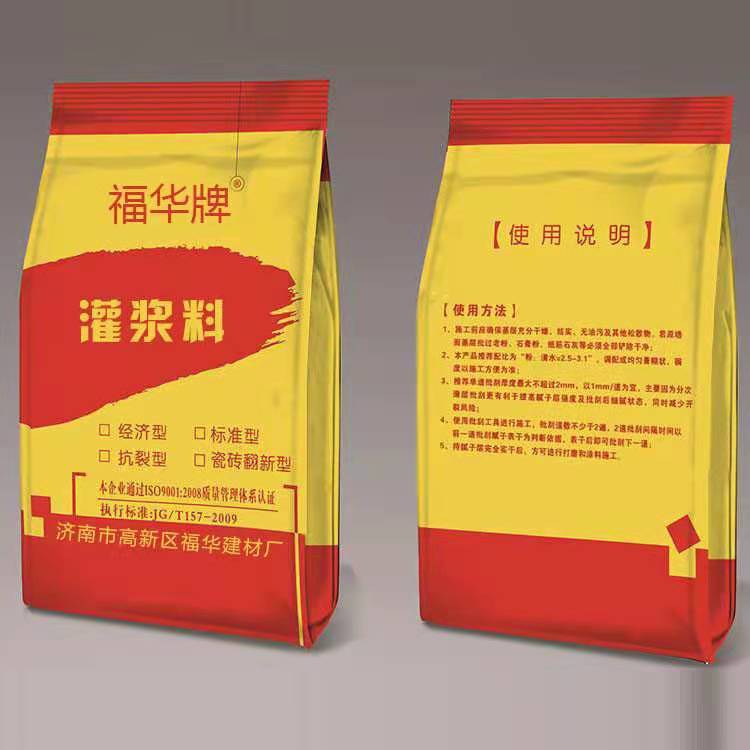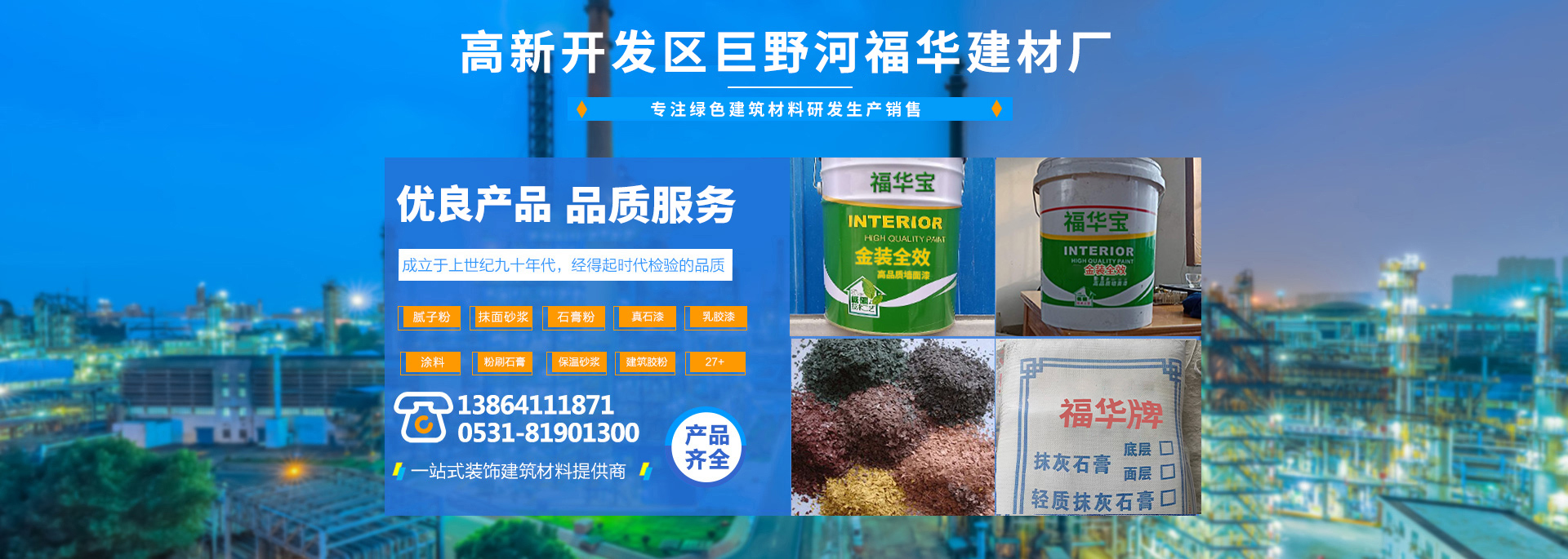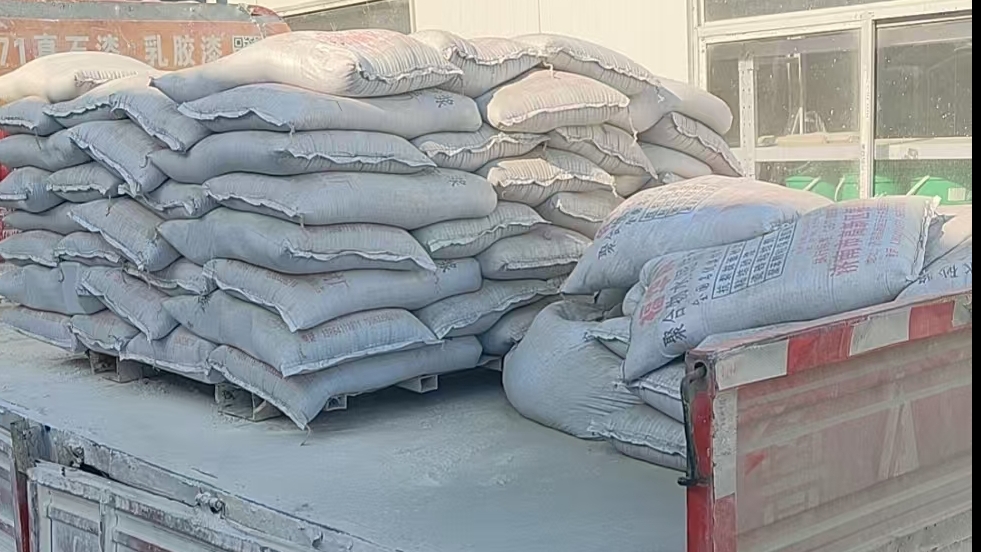济南抹面砂浆施工有哪些注意事项?
来源:https://www.jnfhjc.com 日期:2025-07-14 发布人:
抹面砂浆施工质量直接影响墙体的平整度、强度及耐久性,施工过程中需注重细节把控,以下是具体注意事项:
The construction quality of plastering mortar directly affects the flatness, strength, and durability of the wall. During the construction process, attention should be paid to detail control. The following are specific precautions:
施工前的准备工作至关重要。首先需检查基层状况,基层表面应平整、坚实,无浮灰、油污、疏松物及空鼓现象,若存在这些问题,需提前处理 —— 浮灰用毛刷清理,油污用洗涤剂擦拭干净,疏松部位需铲除并重新修补,空鼓处需敲掉后用水泥砂浆填补。对于吸水率较高的基层(如黏土砖、加气混凝土砌块),施工前 1-2 天需浇水湿润,使基层内部吸水饱和但表面无积水,避免砂浆水分被快速吸收导致干裂;而光滑的混凝土基层则需进行毛化处理,可涂刷界面剂或凿毛,增强砂浆与基层的粘结力。
The preparation work before construction is crucial. Firstly, it is necessary to check the condition of the base layer. The surface of the base layer should be flat, solid, and free of floating ash, oil stains, loose materials, and hollowing. If these problems exist, they need to be dealt with in advance - floating ash should be cleaned with a brush, oil stains should be wiped clean with detergent, loose parts should be removed and repaired again, and hollowing areas should be knocked off and filled with cement mortar. For the base layer with high water absorption rate (such as clay bricks and aerated concrete blocks), it is necessary to water it 1-2 days before construction to ensure that the interior of the base layer is saturated with water absorption but there is no accumulated water on the surface, in order to avoid the rapid absorption of moisture in the mortar leading to drying and cracking; Smooth concrete base requires roughening treatment, which can be coated with interface agent or chiseled to enhance the bonding strength between mortar and base.
材料准备与调配需严格规范。抹面砂浆的配比应符合设计要求,通常由水泥、砂、掺合料及外加剂按比例混合而成,砂需选用洁净的中砂或粗砂,过筛去除杂质和过大颗粒,含泥量不得超过 3%。调配时需采用机械搅拌,先将砂、水泥干拌均匀,再加入适量水搅拌至稠度适宜(一般手握成团、落地散开为宜),搅拌时间不少于 2 分钟,确保砂浆质地均匀,无结块。砂浆应随拌随用,从搅拌完成到使用完毕的时间不宜超过 3 小时(高温天气需缩短至 2 小时),避免因砂浆初凝影响粘结强度,严禁使用已初凝或加水重新搅拌的砂浆。
The preparation and allocation of materials must be strictly standardized. The ratio of plastering mortar should meet the design requirements, usually composed of cement, sand, admixtures and additives mixed in proportion. Clean medium or coarse sand should be selected, and impurities and oversized particles should be removed by sieving. The mud content should not exceed 3%. Mechanical mixing is required during mixing. First, dry mix the sand and cement evenly, then add an appropriate amount of water and mix until the consistency is suitable (generally, it is advisable to hold it in a ball and spread it on the ground). The mixing time should not be less than 2 minutes to ensure that the mortar texture is uniform and free of clumps. Mortar should be mixed and used immediately, and the time from mixing to use should not exceed 3 hours (shortened to 2 hours in high temperature weather), to avoid affecting the bonding strength due to the initial setting of mortar. It is strictly prohibited to use mortar that has already set or has been re mixed with water.
施工过程中的操作要点需牢记。抹面应分层进行,普通墙体通常分底层、中层和面层,每层厚度需控制在规范范围内 —— 底层厚 5-7mm,主要起粘结作用;中层厚 7-9mm,用于找平;面层厚 2-3mm,负责平整装饰。每层砂浆需待前一层凝结后(用手指按压无明显痕迹)再进行涂抹,避免因分层过厚导致空鼓、开裂。抹面时应用力均匀,先用抹子将砂浆摊平,再按由下而上、由左至右的顺序压实刮平,阴阳角处需用靠尺找直,确保方正顺直。对于门窗洞口、管道穿墙处等易开裂部位,应在砂浆中埋入网格布或钢丝网加强,网格布需铺展平整,搭接宽度不少于 100mm。
The key points of operation during the construction process should be kept in mind. The plastering should be carried out in layers. Ordinary walls are usually divided into bottom layer, middle layer, and surface layer, and the thickness of each layer should be controlled within the specified range - the bottom layer is 5-7mm thick, mainly used for bonding; Middle layer thickness of 7-9mm, used for leveling; The surface layer is 2-3mm thick and is responsible for leveling and decorating. Each layer of mortar should be applied after the previous layer has set (pressing with fingers without obvious marks) to avoid hollowing and cracking caused by excessive layering. When plastering, apply even force. First, use a trowel to level the mortar, and then compact and scrape it in the order of from bottom to top and from left to right. Use a ruler to straighten the corners to ensure they are square and straight. For areas prone to cracking such as door and window openings, pipe penetrations, etc., grid cloth or steel wire mesh should be embedded in mortar for reinforcement. The grid cloth should be laid flat and the overlap width should not be less than 100mm.

环境因素对施工质量影响较大,需合理安排施工时间。抹面砂浆施工的环境温度宜在 5-35℃,低于 5℃时易受冻害影响,需采取保温措施;高于 35℃或风力较大时,砂浆水分蒸发过快,易产生干缩裂纹,需在施工后及时覆盖保湿,必要时暂停施工。雨天不宜进行室外抹面施工,若施工中遇降雨,需立即停止作业并覆盖未干的砂浆层,防止雨水冲刷导致表面起砂、强度降低。
Environmental factors have a significant impact on construction quality, and it is necessary to arrange construction time reasonably. The ambient temperature for plastering mortar construction should be between 5-35 ℃. When it is below 5 ℃, it is susceptible to freezing damage and insulation measures need to be taken; When the temperature is above 35 ℃ or the wind is strong, the moisture in the mortar evaporates too quickly, which can easily cause shrinkage cracks. It is necessary to cover and moisturize the mortar in a timely manner after construction, and suspend construction if necessary. Outdoor plastering construction should not be carried out on rainy days. If rain falls during construction, the work should be immediately stopped and the wet mortar layer should be covered to prevent surface sanding and strength reduction caused by rainwater erosion.
养护环节直接关系砂浆强度增长。砂浆抹完后 24 小时需开始养护,采用洒水或覆盖湿麻袋、塑料薄膜的方式,保持表面湿润,养护时间不少于 7 天(掺加粉煤灰的砂浆需养护 14 天)。养护期间避免碰撞、震动墙面,禁止在墙面上堆放重物或进行其他作业,防止砂浆层出现裂缝、脱落。夏季高温时需增加洒水次数,确保表面始终处于湿润状态;冬季养护需采取防冻措施,避免温度过低影响砂浆硬化。
The maintenance process is directly related to the growth of mortar strength. After the mortar is applied, it needs to be cured 24 hours later. Watering or covering with wet burlap bags or plastic film should be used to keep the surface moist. The curing time should not be less than 7 days (mortar mixed with fly ash needs to be cured for 14 days). During the maintenance period, avoid collision and vibration of the wall, prohibit stacking heavy objects or conducting other operations on the wall, and prevent cracks and detachment of the mortar layer. During high temperatures in summer, it is necessary to increase the frequency of watering to ensure that the surface is always in a moist state; Winter maintenance requires anti freezing measures to avoid low temperatures affecting the hardening of mortar.
施工后的质量检查不可忽视。待砂浆完全硬化后,检查表面是否平整,用 2 米靠尺测量,偏差不得超过 4mm;观察有无裂缝、空鼓,用小锤轻敲墙面,空鼓面积不应超过 5% 且单个空鼓直径不大于 20mm。若发现问题需及时修复,小面积裂缝可用水泥浆填补,空鼓处需铲除后重新抹面,确保墙面质量符合要求。
The quality inspection after construction cannot be ignored. After the mortar is completely hardened, check whether the surface is flat, measure with a 2-meter ruler, and the deviation should not exceed 4mm; observe whether there are cracks or hollows, tap the wall lightly with a small hammer, and the hollowing area should not exceed 5% and the diameter of a single hollowing should not exceed 20mm. If any problems are found, they should be repaired in a timely manner. Small cracks can be filled with cement slurry, and hollowing areas need to be removed and re plastered to ensure that the wall quality meets the requirements.
本文由济南抹面砂浆友情奉献.更多有关的知识请点击:http://www.jnfhjc.com真诚的态度.为您提供为全面的服务.更多有关的知识我们将会陆续向大家奉献.敬请期待.
This article is a friendly contribution from Jinan gypsum powder For more information, please click: http://www.jnfhjc.com Sincere attitude To provide you with comprehensive services We will gradually contribute more relevant knowledge to everyone Coming soon.






 鲁公网安备
鲁公网安备